 © Semmelrock
© Semmelrock
Sealed Surfaces:
Building Climate Resilient Cities
Floods, water scarcity, heat: with unsealed paving and rainwater management solutions, wienerberger is enhancing urban climate resilience.



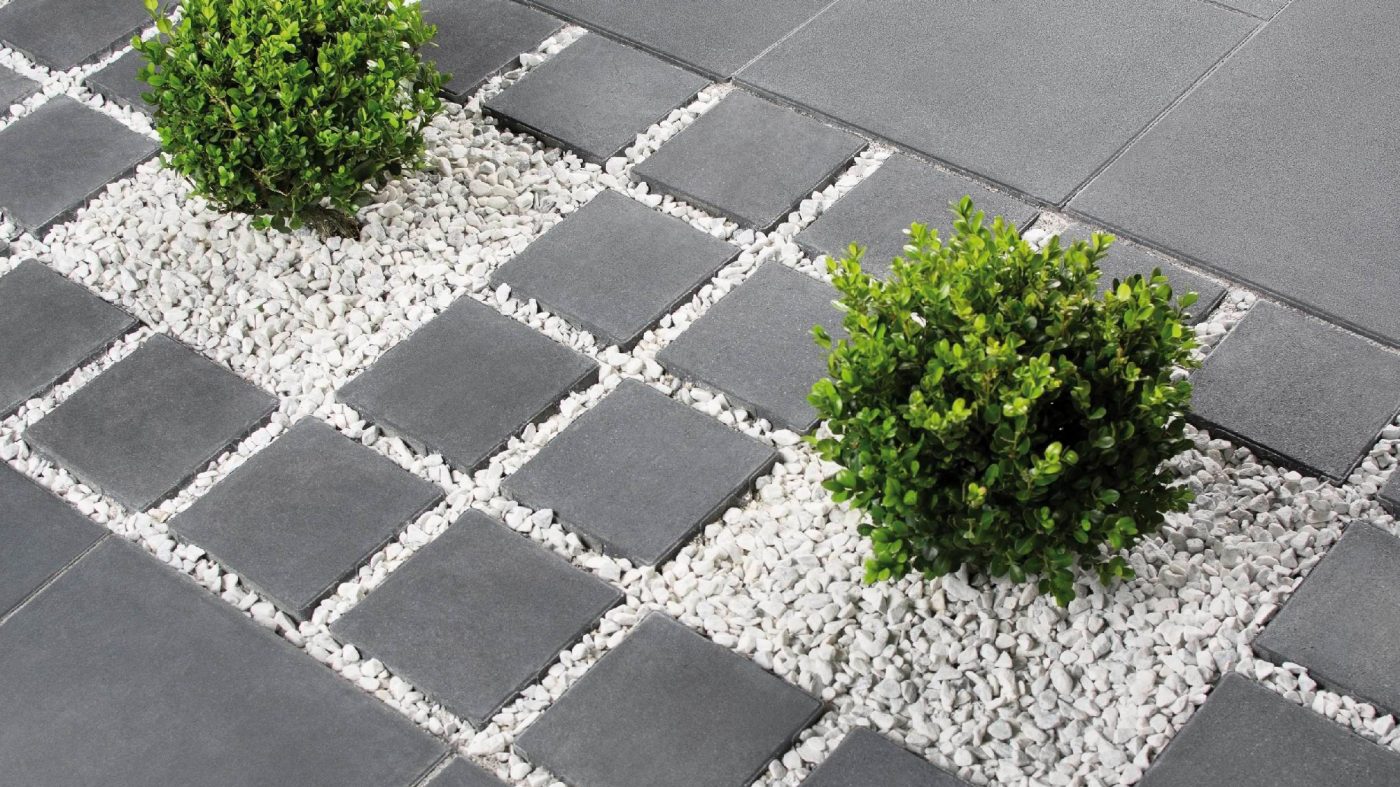 © Semmelrock
© Semmelrock
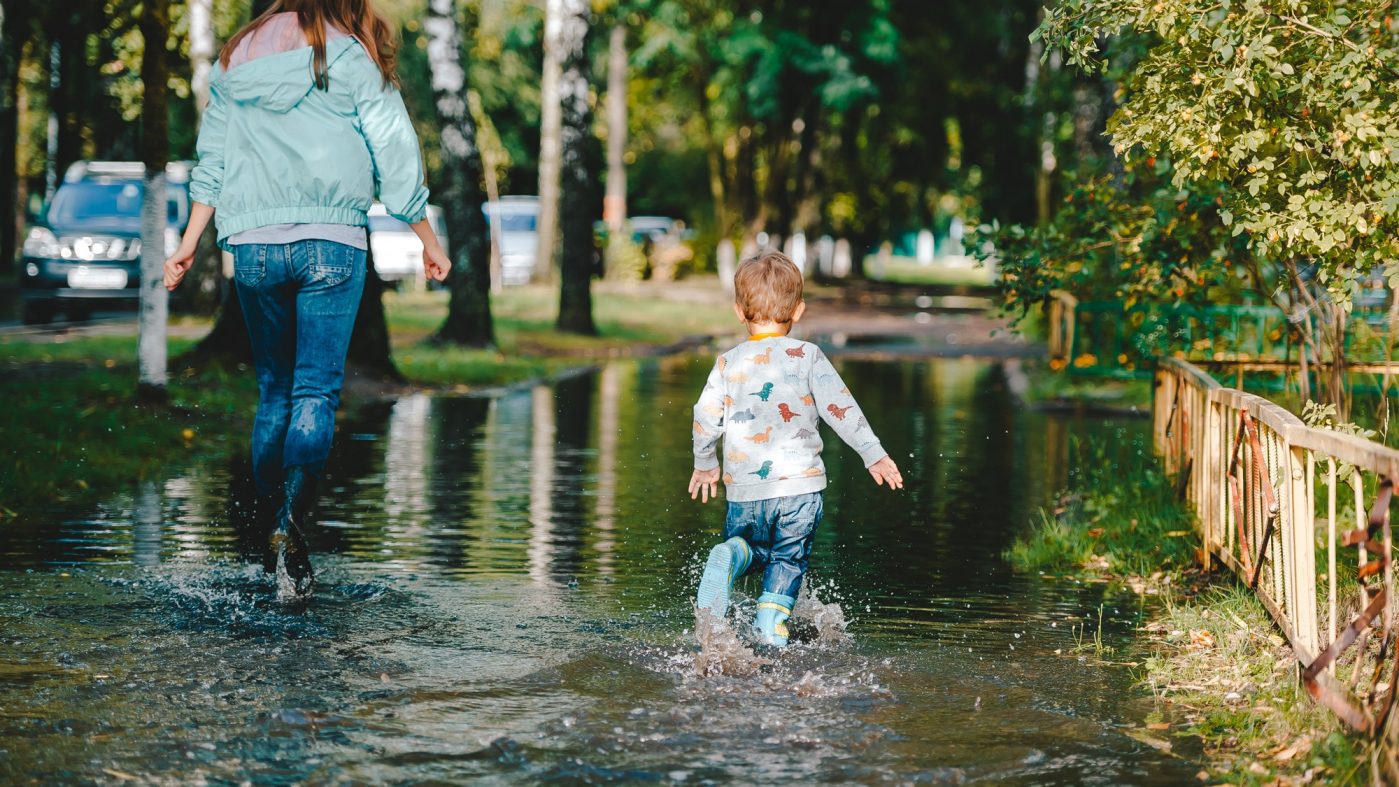 © Irina84/Adobe Stock
© Irina84/Adobe Stock
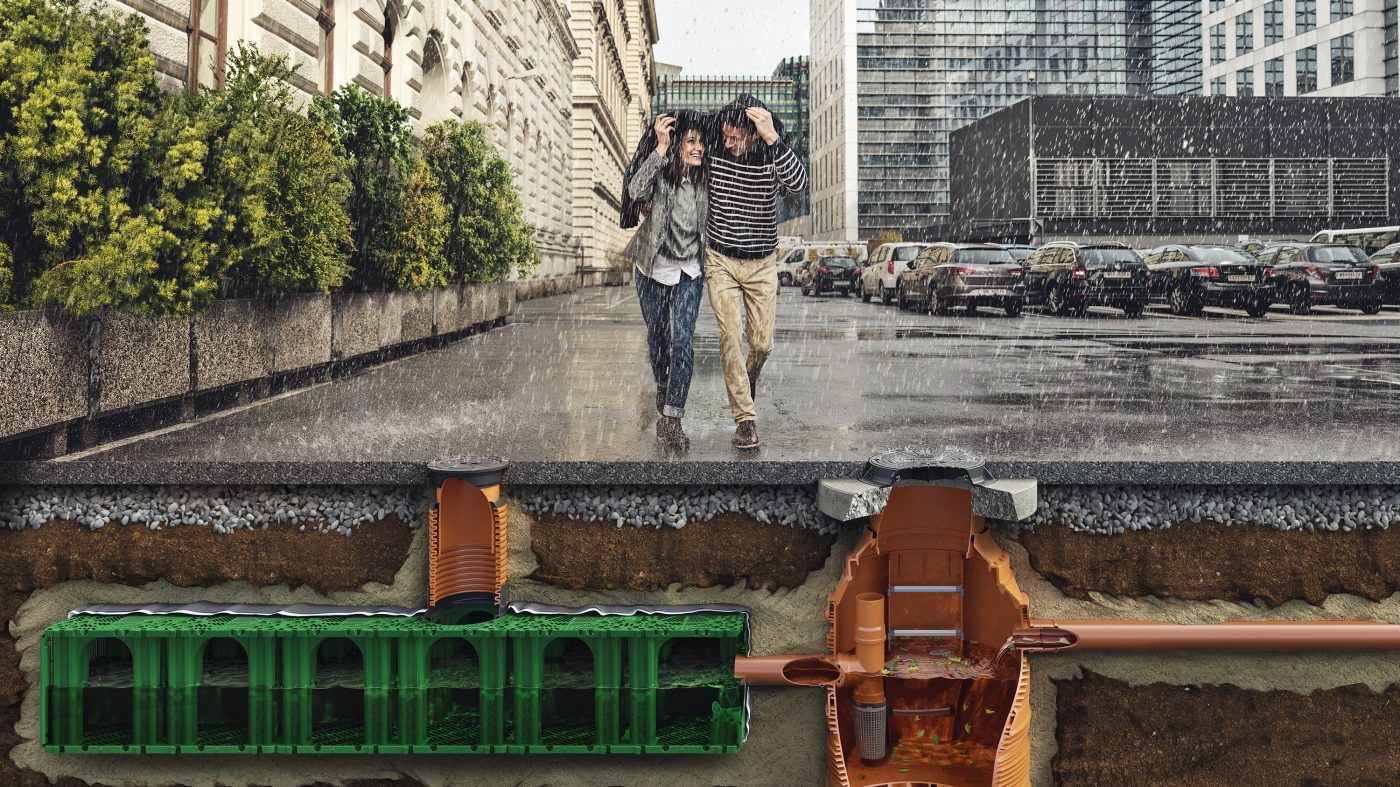 © Pipelife International
© Pipelife International
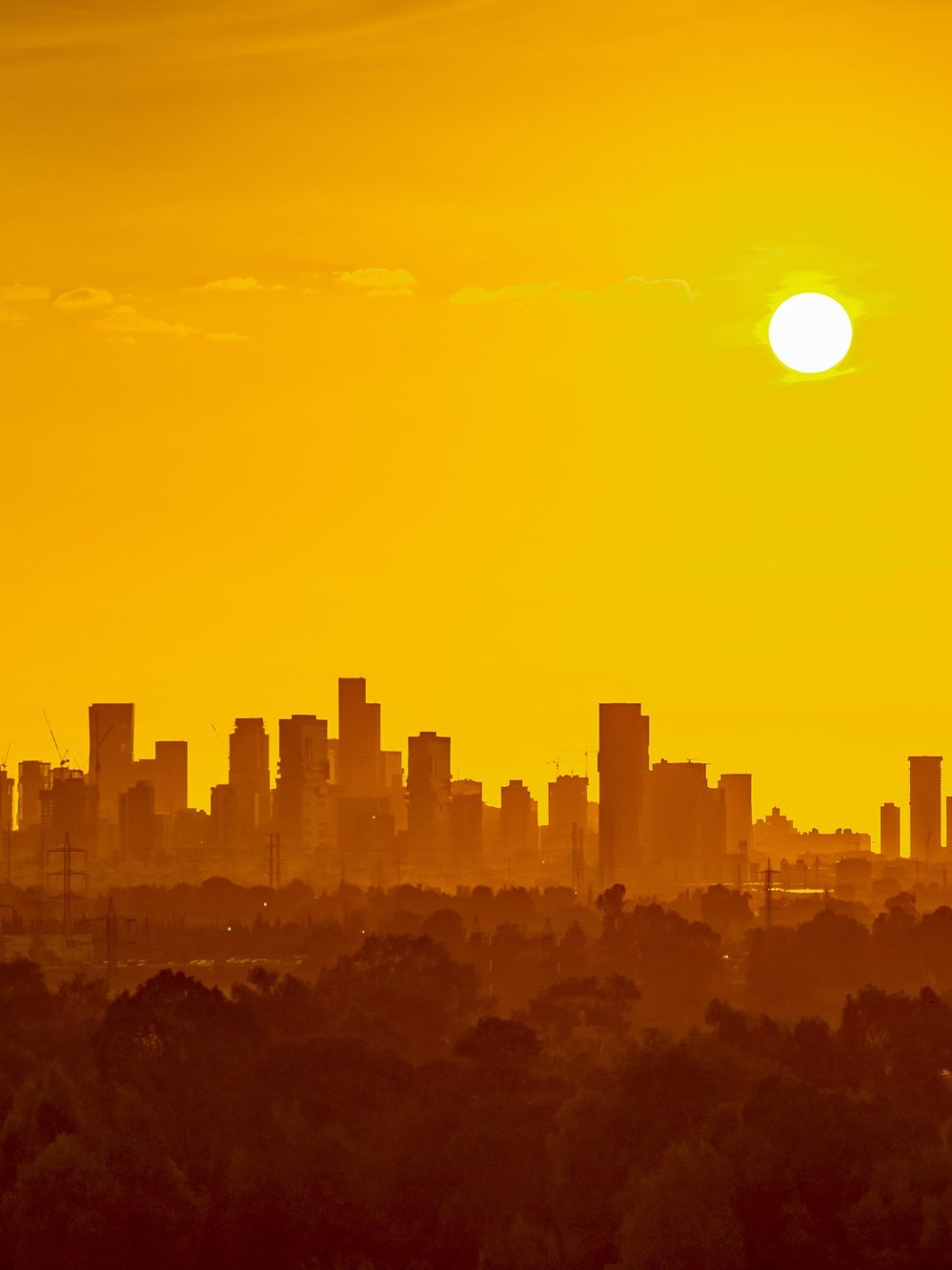
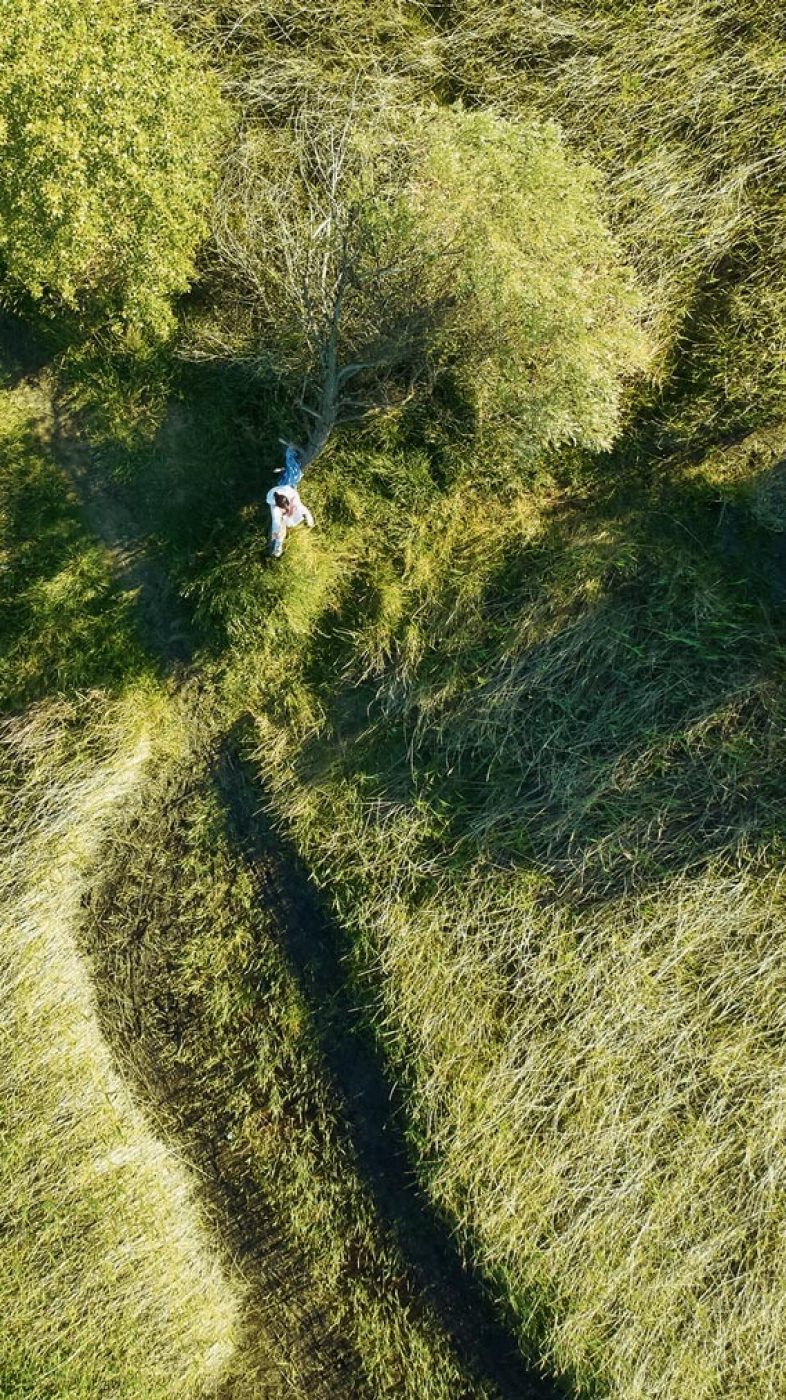 © Robert Staudinger
© Robert Staudinger
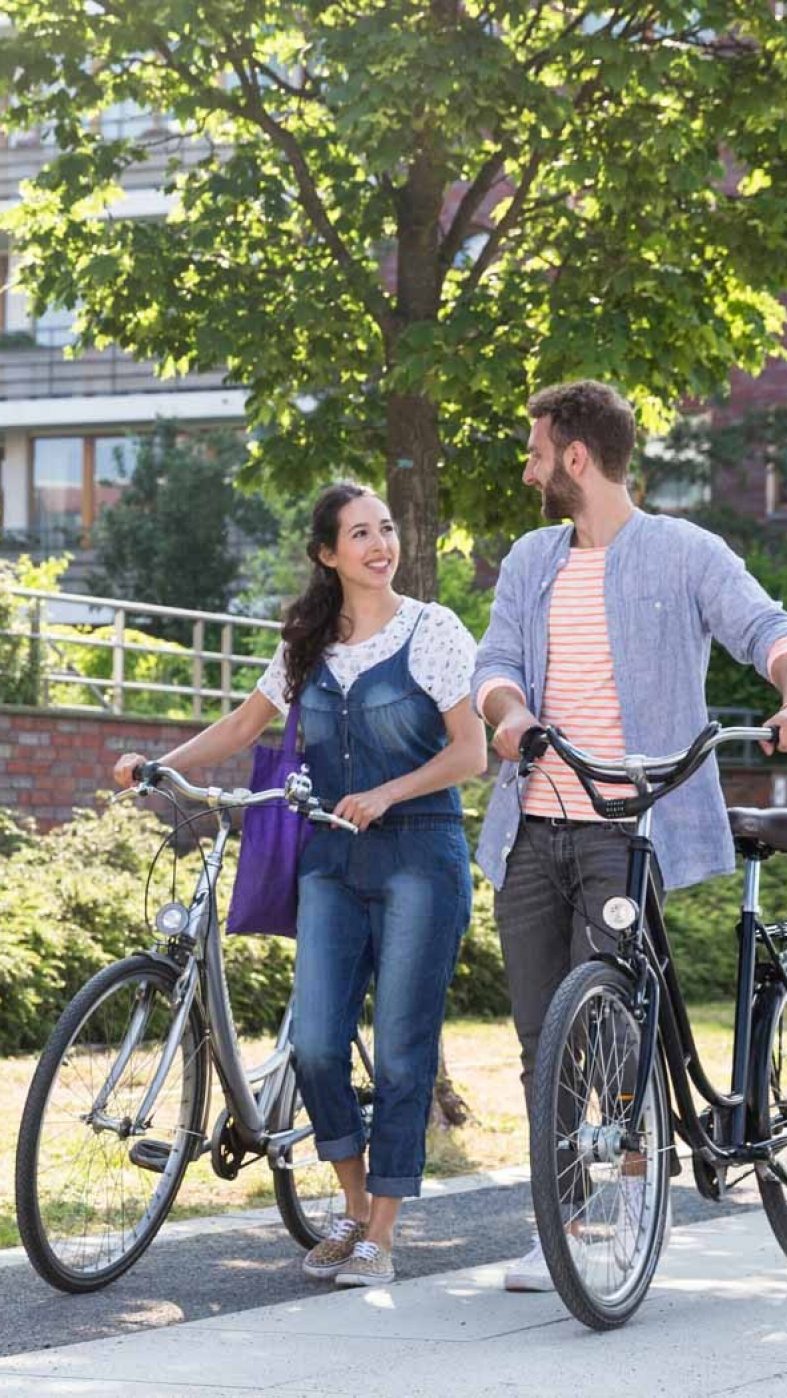
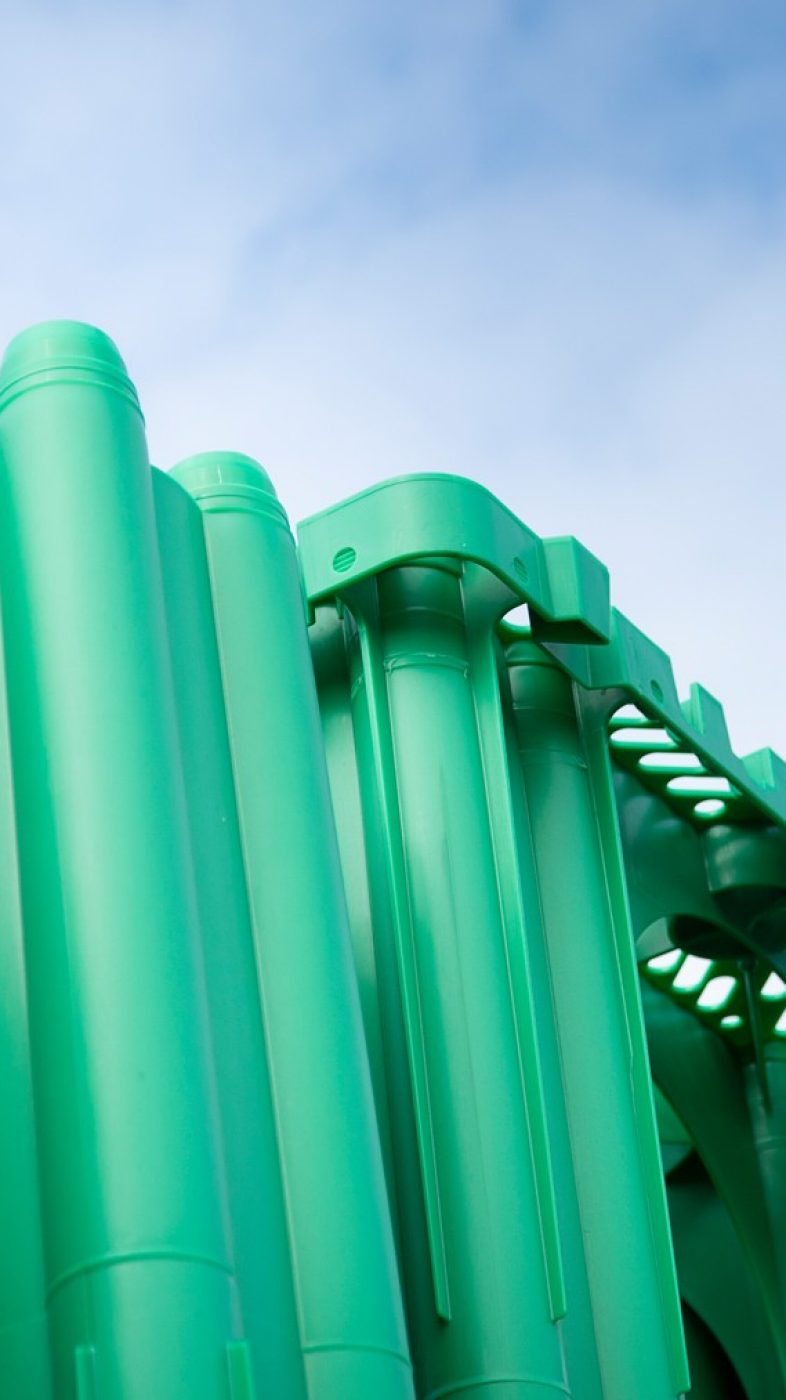 © Pipelife
© Pipelife